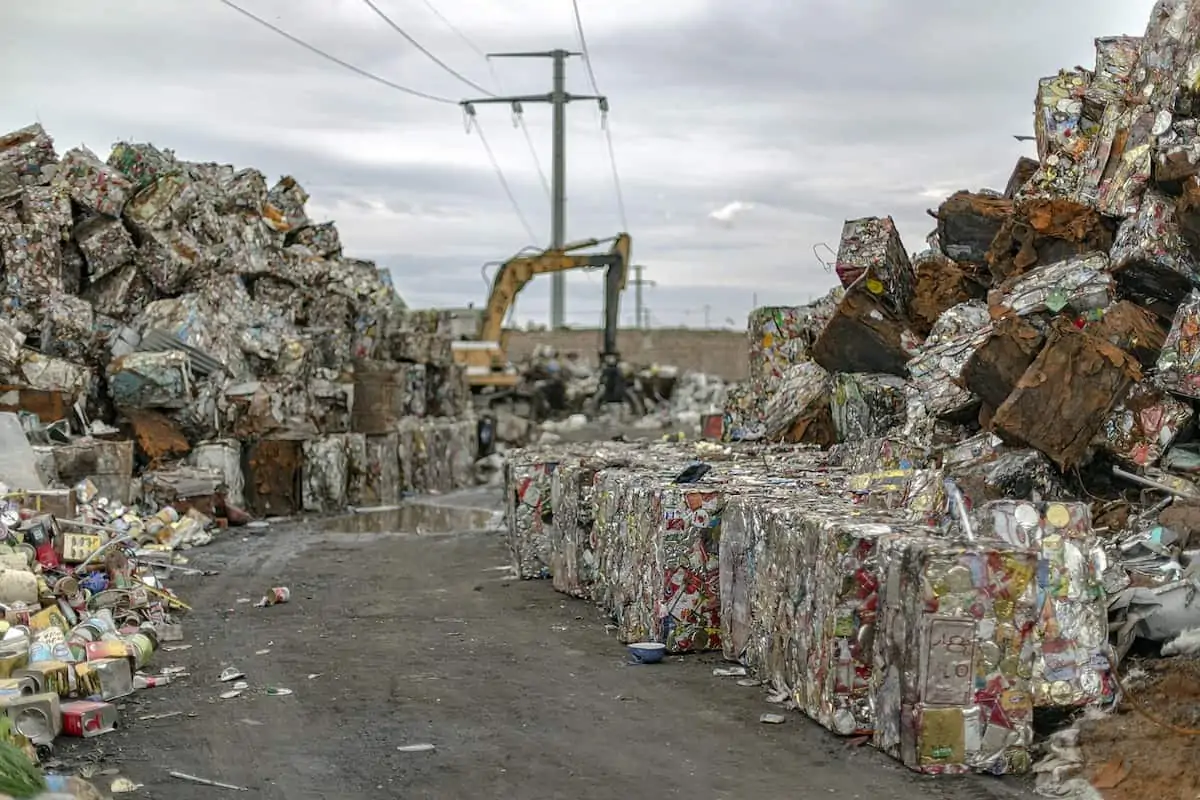For the warehousing and light industrial sector, efficient waste management is fast becoming a skill in itself.
For a cost perspective, the storage and disposal of waste by-products can be a major component of operating overheads. With the move towards increased environmental awareness and greener business practices, increasing restrictions and operating requirements will very likely become the order of the day in the near future.
A good waste management plan can minimize monthly overheads, as well as ‘safety-proof’ the operation with respect to local environmental restrictions.
Invest in the right plant and equipment
A sound waste management plan will likely begin with a well-considered investment in waste management equipment. For an operating concern, factors such as the type of waste produced – cardboard, plastics, metals – can be readily determined.
The amount of waste produced can also be fairly readily assessed. Consider also the potential for future increases in manufacturing output, as an additional factor in planning for equipment procurement.
Choose a professional equipment supplier, such as recyclingbalers.com when consulting for operating plant and equipment. Providing the abovementioned specifics will permit a knowledgeable supplier to then provide the most appropriate equipment options.
Have a plan for in-house waste sorting and storage
Whether the end operation requires waste compaction, baling or storage, a good waste management plan involves a well-defined starting point for the initial sorting and storage of waste products. Both money and man-power can be saved by implementing a good ‘sort and store’ program. Furthermore, precious warehouse space can be saved as a result, as well as a potential reduction in ongoing clearing and transportation costs.
Many warehousing operations have benefited from the simple act of installing sets of segregated waste bins or receptacles – encouraging workers to sort waste by-products immediately.
Provide sufficient employee training
Perhaps one of the most under-utilized assets in a warehousing waste management plan is the worker training element. Typically, induction courses and staff training courses focus on the handling and operation of key equipment in the manufacturing or warehousing process.
Occupational health and safety has similarly found a focus. The consideration of company waste management procedures is very often left to last, or in some cases, it is omitted completely.
Spend a little time reviewing existing induction and refresher training, and update this as necessary to include waste management procedures. Making a statement about the company’s position on green business processes, and care for the environment can further set the tone for warehousing personnel.
The three ‘R’s – Reduce, reuse and recycle
A good management plan can be built around the following three pillars:
- Reduce – Consider methods in which raw materials used in the production or warehousing process can be minimized. Perhaps purchases of materials can be made in smaller order lots, or alternatively as a bulk purchase.
- Reuse – Investigate any opportunities to reuse raw materials – for example, can cardboard boxes and plastic containers be reused rather than simply disposed of?
- Recycle – This can be done in many ways. For example, can customers be encouraged to return packaging or storage products to save on procurement costs?
Summary
Spending a little time to build a waste management plan from scratch can typically return improvements in terms of a reduction to overheads, as well as taking a step toward greener operating procedures.

